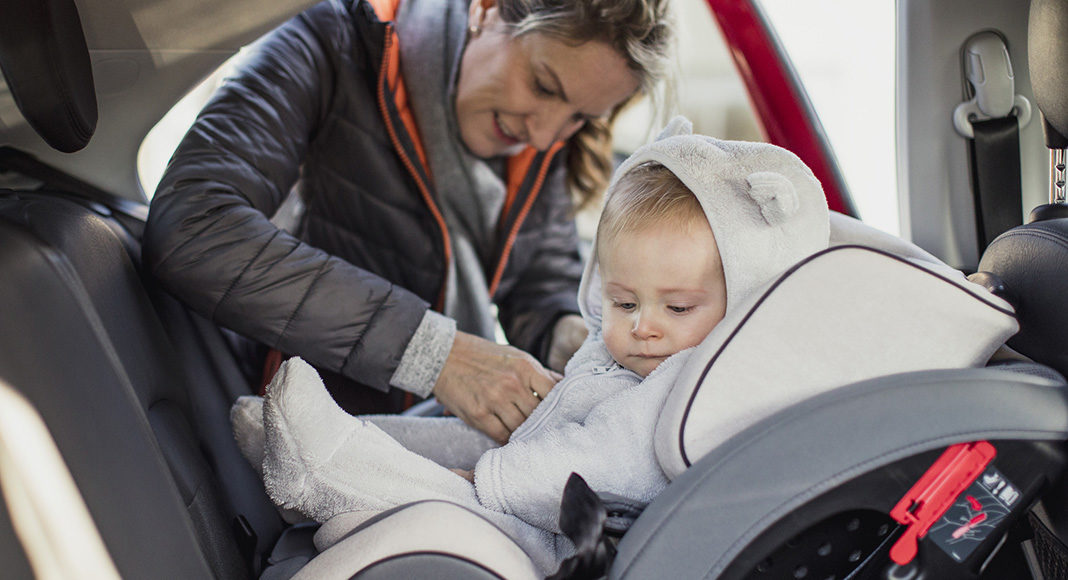Every day in America, millions of parents and caregivers travel with children in their vehicles. While some children are buckled in properly in the correct car seats for their ages and sizes â most are not, if they are buckled up at all.
On average, two children under 13 were killed and an estimated 376 were injured every day in 2017 while riding in cars, SUVs, pickups, and vans. While these numbers are significantly lower than they were in 2016 â an eight percent decrease in fatalities, and a 19 percent decrease in the estimated injuries â there is still more work to be done to keep all children safe on Americaâs roadways.
According to the U.S. Department of Transportationâs National Highway Traffic Safety Administration (NHTSA), nearly half (46 percent) of car seats are misused. To help combat this issue, NHTSA is sponsoring Child Passenger Safety Week from September 15-21, 2019, a campaign dedicated to helping parents and caregivers make sure their children ride as safely as possibleâevery trip, every time. The week culminates with âNational Seat Check Saturdayâ on September 21.
The goal of the Week is to make sure all children are seated in the correct car seat, that itâs properly installed and used, and that itâs registered with its manufacturer to ensure parents and caregivers receive important safety updates.
Parent/ caregiver tips:
- Car seats and boosters are one of the easiest ways to keep children safe and, when installed correctly, car seats can reduce the risk of fatal injury in a crash by 71 percent for infants and by 54 percent for toddlers.
- NHTSA recommends keeping children rear-facing as long as possible, up to the top height or weight allowed by their particular seats. Once a child outgrows the rear-facing-only âinfantâ car seat, he/she should travel in a rear-facing âconvertible,â or all-in-one car seat. Once a child outgrows the rear-facing size limits, the child is ready to travel in a forward-facing car seat with a harness (always use the tether). After outgrowing the forward-facing car seat with harness, children should be placed in booster seats until theyâre the right size to use seat belts safely. And if children are under 13 years old, they should always sit in the back seat.
- Register your car seat or booster seat with the seat manufacturer so you can be notified in the event of a recall. Parents and caregivers can view more information on car seat safety and locate a certified technician at nhtsa.gov/carseat.
- Visit a Certified Child Passenger Safety Technician in your community to double-check that your car seat is correctly installed and that youâre using it correctly. You can use this simple search tool to find a car seat inspection station near you, or visit a car seat check in your community on National Seat Check Saturday on September 21.



















